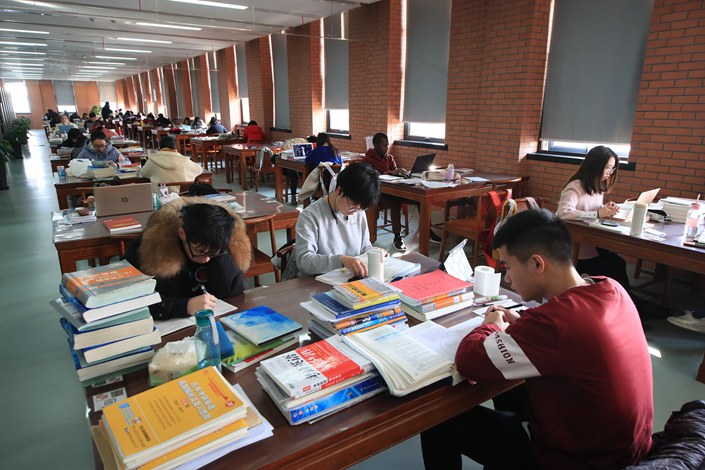Zhejiang Reveals How It Will Spend $731 Million Earmarked for Attracting Foreign Universities

East China’s Zhejiang province has revealed how it will spend 5 billion yuan ($731 million) earmarked to attract top universities from home and abroad to set up branches in the province by 2022, in a move to boost the wealthy province’s higher education competitiveness.
Up to 500 million yuan can be spent on establishing a new university, 300 million yuan on a branch of a prestigious university, 150 million yuan on a secondary college and 100 million yuan for a graduate school, according to a statement (link in Chinese) jointly published by the provincial finance and education authorities last week.
Governments across China have long looked to attract high-profile education partners in order to develop their higher education sectors. One leader in this area has been the South China high-tech hub of Shenzhen, which has persuaded dozens of universities including Moscow State University and the U.S.-based Georgia Institute of Technology to set up branches in the last 20 years.
These partnerships have received a boost this year as travel restrictions due to the Covid-19 pandemic and escalating Sino-U.S. tensions have dashed many students’ hopes of studying overseas. New York University announced a “Go Local” program in mid-July, allowing thousands of Chinese students who are unable or unwilling to travel abroad to study in its Shanghai campus, which it jointly established with East China Normal University in 2012.
Zhejiang, a prosperous coastal province bordering Shanghai, announced the plan to attract foreign universities in 2018, with the goal of “strengthening the province in higher education.” According to the plan, Zhejiang will set up three or four cooperative programs with foreign universities and support its local universities to run about 10 secondary schools with elite Chinese and foreign institutions.
It also plans to establish two or three new local universities and introduce four or five prestigious universities to establish campuses or graduate schools locally. Such institutions will receive financial aid in three installments until they have operated for two consecutive years.
But not all higher education institutions are eligible for government funding to enter the province. One route to eligibility is inclusion onto one of a handful of international top 100 universities lists, or having a specific department on one of these lists’ discipline rankings. Also eligible are prestigious Chinese universities, or other institutions recognized by the local authorities.
However, experts warned that luring in elite universities does not necessarily result in development of the local educational system. “It reflects an obsession with quick results and instant gratification,” said Xiong Bingqi, deputy director of the Beijing-based 21st Century Education Research Institute. He suggested that more attention should be instead paid to reforming of university system to improve the overall quality of China’s higher education.
Contact editor Joshua Dummer (joshuadummer@caixin.com)
Download our app to receive breaking news alerts and read the news on the go.

- MOST POPULAR






